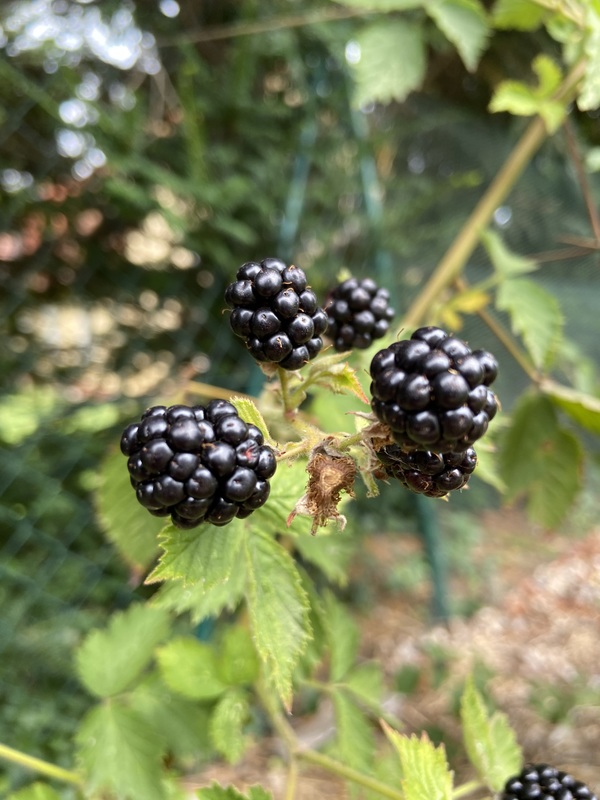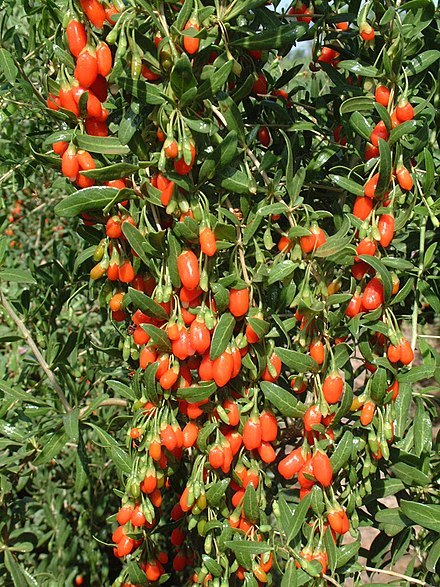Description
Wild Thyme is a highly aromatic, low-growing herb native to Europe and North Africa. It is a member of the Lamiaceae family and is closely related to the common thyme (Thymus vulgaris), but with distinct characteristics suited to its role in the wild and in gardens.
Wild Thyme is a perennial, creeping herb that typically grows only a few inches high. It forms dense, ground-hugging mats, making it an excellent ground cover. The leaves are small, oval, and fragrant, with a softer texture compared to common thyme. In late spring to early summer, it produces tiny, tubular, lavender to pink flowers, which are highly attractive to bees and other pollinators. It has a shallow root system, making it suitable for rocky or poor soil conditions where other plants might struggle.
Wild Thyme is hardy and can tolerate a range of climatic conditions but prefers full sun and well-drained soil. It thrives in sandy or rocky soils and is particularly suited to dry, poor, or chalky soils. Once established, it is extremely drought-tolerant, making it ideal for xeriscaping or low-water gardens.
While not as commonly used as common thyme, the leaves of Wild Thyme are edible and can be used similarly in cooking, adding flavor to a variety of dishes. It contains essential oils with antiseptic and medicinal properties. It has been used traditionally in herbal medicine, particularly for respiratory and digestive ailments. Excellent for attracting beneficial insects to the garden, particularly bees. Its dense matting habit also helps suppress weeds.
Its mat-forming habit makes it excellent for ground cover, rock gardens, or filling spaces between stepping stones. Can be used on slopes or areas prone to erosion due to its dense growth and root system. The flowers add visual interest and contrast well with other garden plants, especially in rockeries or alpine gardens.




